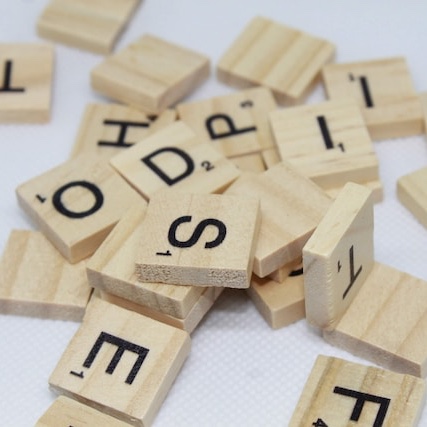What is Dyslexia?
Dyslexia can be scary, but it is not a life sentence. With early intervention and research-validated therapy by our specially trained educators, your child will overcome their reading struggles and reach their reading potential.
Click here for a complete list of warning signs for Dyslexia.

People often think that “Dyslexia” is just the reversing of letters or numbers or that it means a person is lazy or perhaps not smart, but those stereotypes are far off base! Dyslexia is a brain-based learning difference that causes difficulty with reading, writing, spelling, and sometimes speaking but does not affect intelligence. Its symptoms, if left untreated, persist into adulthood. The key is early intervention.
It is estimated that 1 in 5 people have Dyslexia.
The International Dyslexia Association defines Dyslexia as:
“Dyslexia is a specific learning disability that is neurobiological in origin. It is characterized by difficulties with accurate and/or fluent word recognition and by poor spelling and decoding abilities. These difficulties typically result from a deficit in the phonological component of language that is often unexpected in relation to other cognitive abilities and the provision of effective classroom instruction. Secondary consequences may include problems in reading comprehension and reduced reading experience that can impede growth of vocabulary and background knowledge.”
At the Van Roekel Learning Center, we use proven methods with research-validated programs to help your child overcome learning differences. Our approach will lead to lifelong results and give your child the tools to learn better in any environment.
Dyslexia is an “umbrella” term used to cover several different signs and characteristics that may be present. The International Dyslexia Association lists these common examples under their umbrella. Dyslexia often looks like this:
Oral language
- ★ Early childhood speech delays
- ★ Pronunciation of words
- ★ Word and name retrieval
- ★ Difficulty with vocabulary and grammar
- ★ Confusion with directional language
- ★ Difficulty learning the alphabet, nursery rhymes, songs
Written language
- ★ Difficulty putting ideas on paper
- ★ Many spelling mistakes
- ★ Transposing order or direction of letters
- ★ Does well on spelling tests but regularly misspells words in daily work
Reading
- ★ Difficulty learning to read
- ★ Difficulty with rhyming and/or counting syllables (phonological awareness)
- ★ Difficulty with hearing and manipulating sounds in words (phonemic awareness)
- ★ Difficulty distinguishing different sounds in words (phonological processing)
- ★ Difficulty in learning the sounds of letters (phonics)
- ★ Difficulty in remembering letter names
- ★ Difficulty learning to write letters
- ★ Transposing the order of letters when reading or spelling
- ★ Misreading or omitting common short words
- ★ Poor reading comprehension
- ★ Slow, laborious oral reading